When we think of tango, we might just imagine two people dancing playfully to the rhythm of the music. However, tango is more beneficial than we think.
For instance, tango and medicine are linked to each other.
This vibrant dance can help with various conditions, like dementia and Parkinson’s disease. Tango and preventing aging are also possible.
Read on to know how tango cures some of these conditions and helps strengthen our relationship with our loved ones.
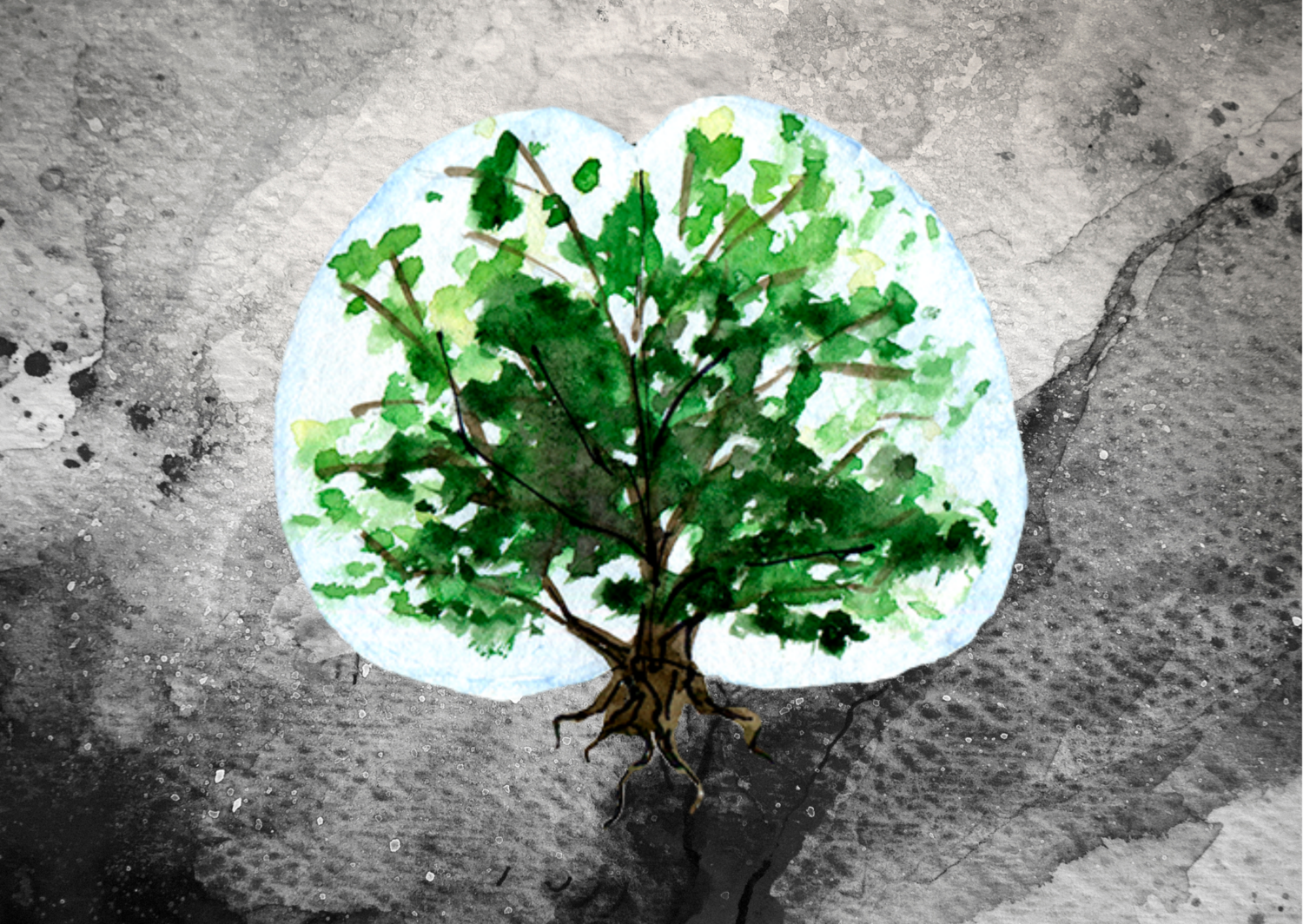
Tango and Dementia
We may have heard that dementia affects older adults. However, it is not a normal part of aging. It is a condition that involves a decline in memory, thinking, and the ability to perform daily activities. Approximately 50 million people worldwide experience dementia. Thus, we need treatments that help combat the cognitive deficits caused by dementia.
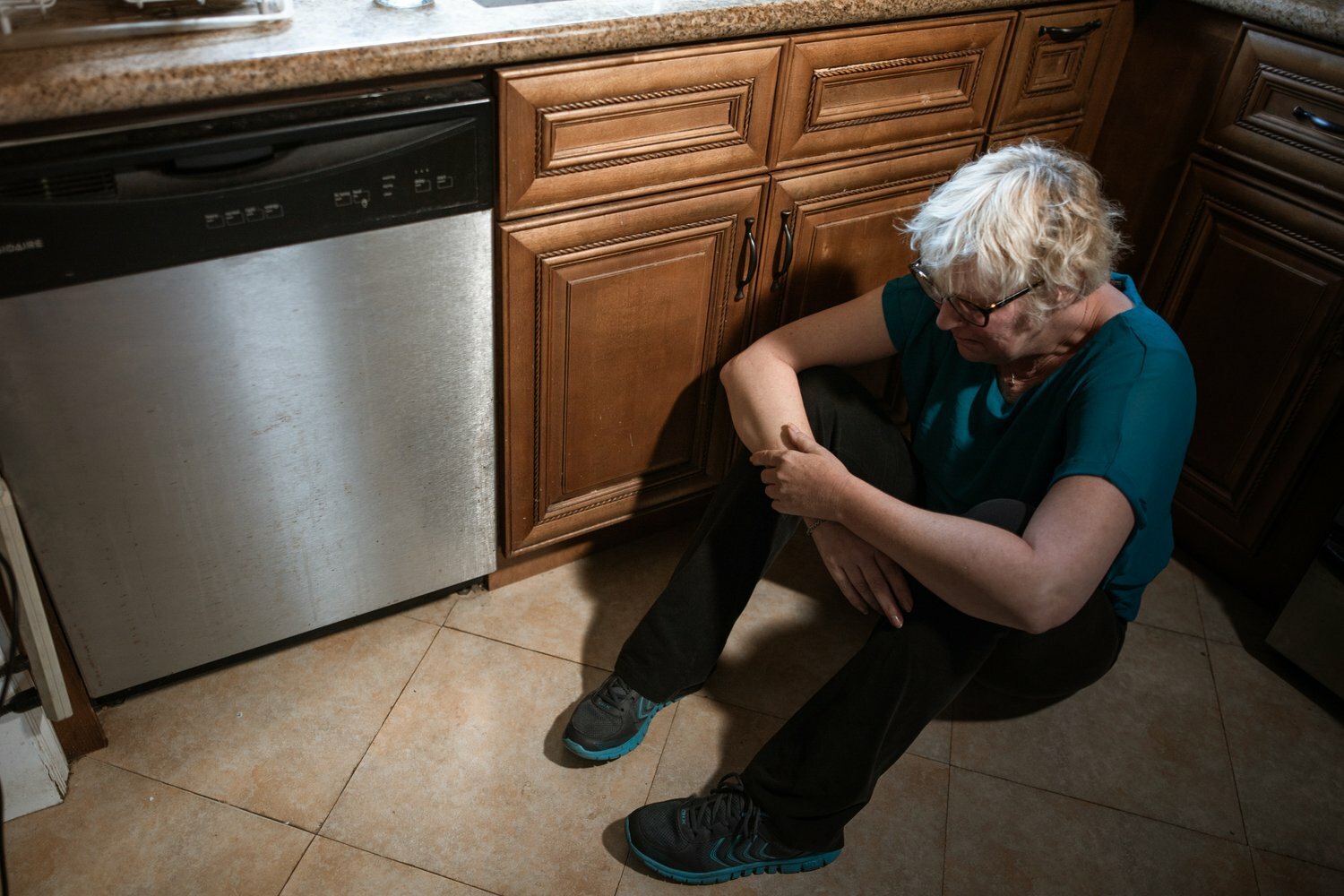
Tango can be one of those treatments. Yes, tango and medicine can work as one. A 2020 study assessed the effects of adapted tango and multidimensional intervention in preventing dementia in aging.
According to the study, tango is a feasible and safe option for enhancing mobility, physical functions, spatial cognition, and memory.
The dance is also an innovative approach. It produces low physical impact, effectively promotes a positive emotional state, and reduces psychological distress caused by anxiety and depression in older adults.
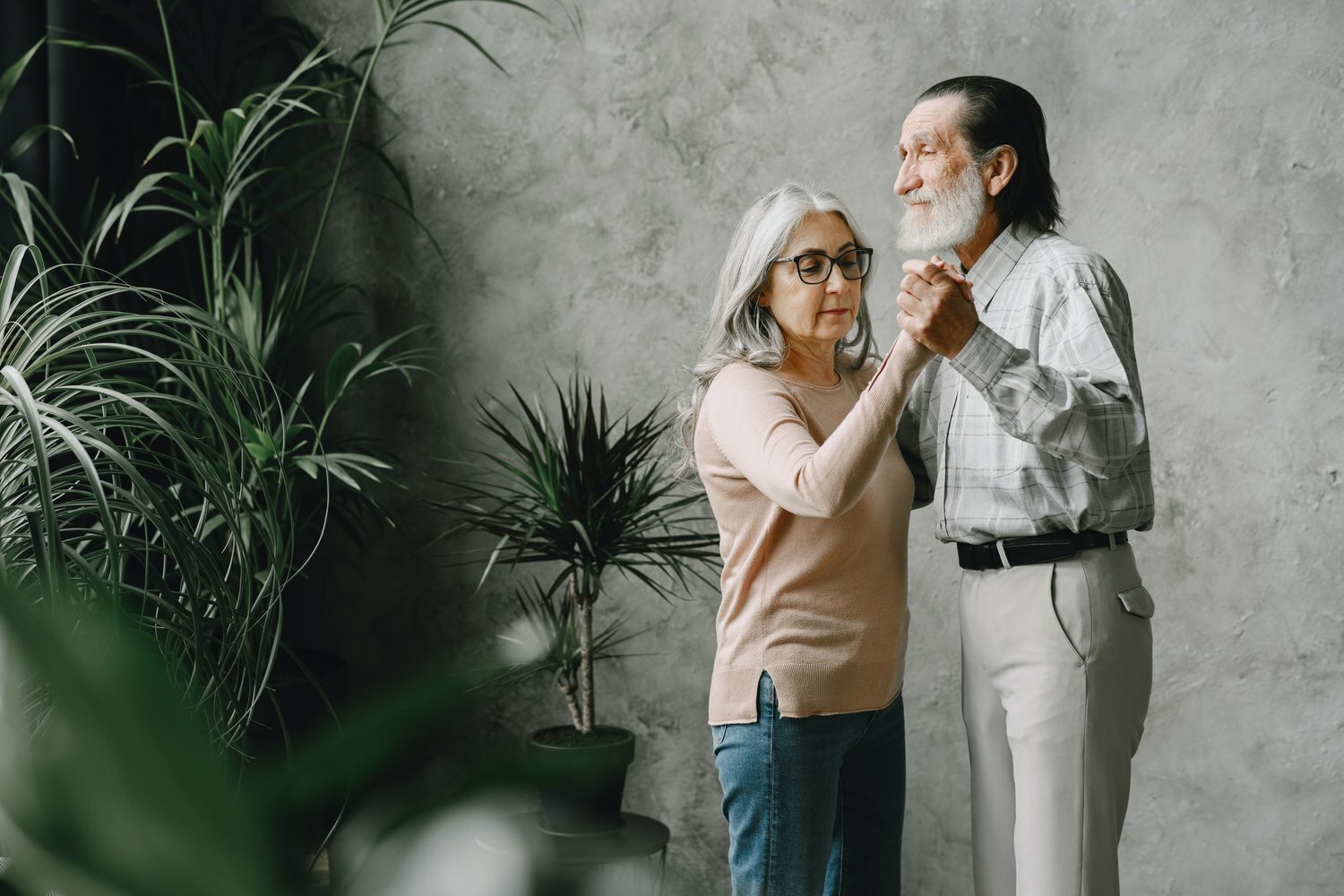
According to the researchers, tango requires the alternation of attention in terms of postural control, current balance, spatial memory, and cognition-challenging steps. That is why this dance can help us enhance our physical and cognitive abilities.
The researchers also observed benefits in activities of daily living performance and quality of life of older adults. Thus, tango can be beneficial to patients experiencing dementia and other neurological conditions.
Tango and Parkinson’s Disease
Tango and medicine are also correlated when it comes to Parkinson’s disease (PD). It is a neurodegenerative movement disorder that affects over one million Americans. People with PD experience gait and balance changes, which negatively affect their functional mobility, independence, and quality of life. Given these effects, we need therapies that effectively address the physical and emotional impacts of Parkinson’s disease.

Research has shown that dance is good therapy due to its benefits for both physical and emotional well-being. According to a study from McGill University, the Argentine tango cures some symptoms of Parkinson’s disease. The researchers examined the motor abilities of PD patients who participated in a 12-week tango course.
PD patients often suffer from motor dysfunctions, like gait dysfunction, tremors, and rigidity. Non-motor symptoms include fatigue, cognitive degeneration, and depression. The study’s findings revealed that Argentine tango may help these patients by enhancing their balance and functional mobility.
In tango, we follow specific steps that require us to rhythmically walk forward and backward. Performing these steps can help us manage walking difficulties, particularly for freezing of gait, and avoid backward falls.
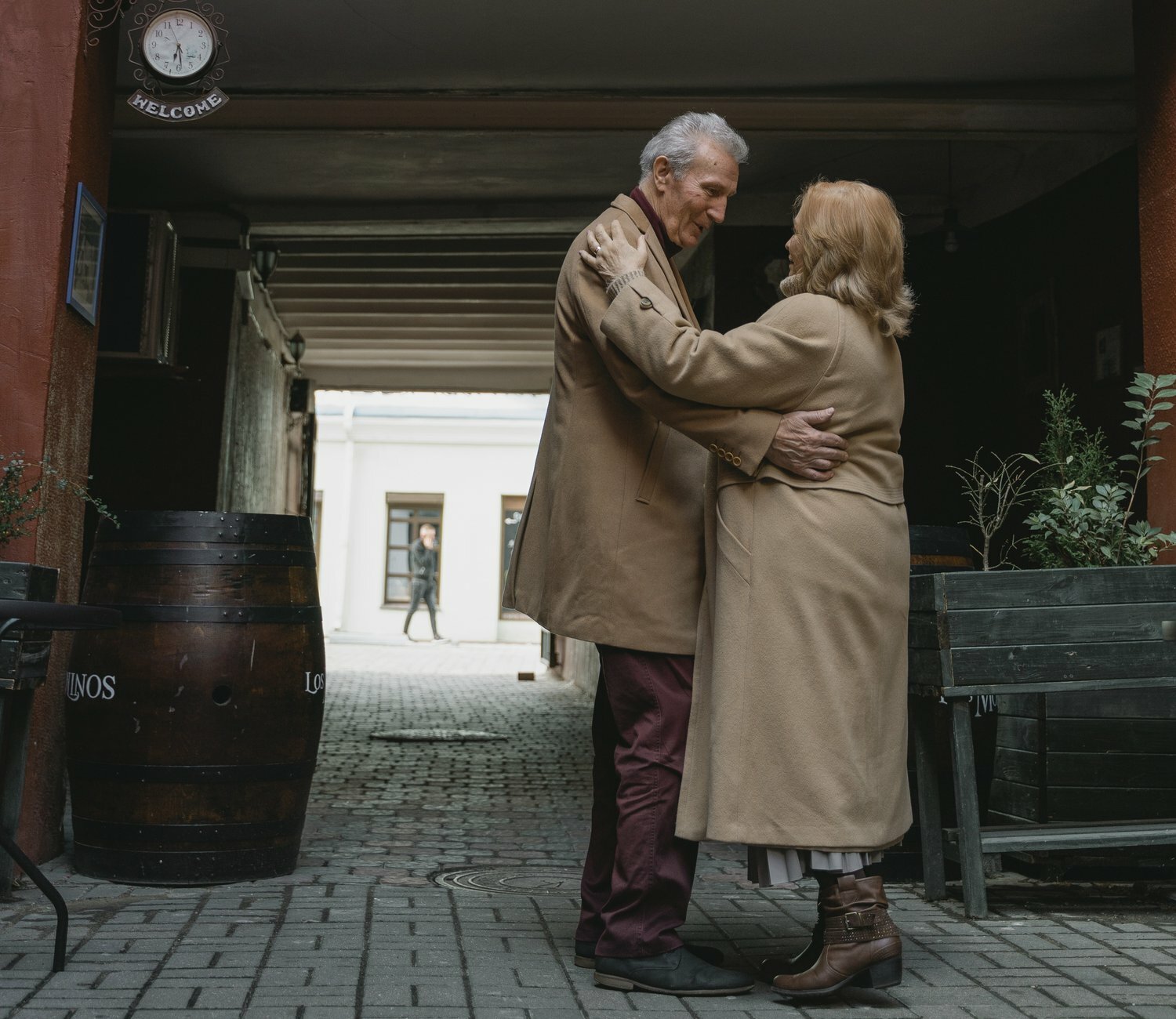
Researchers also noted that tango helps improve patients’ cognitive functions and reduces fatigue. In tango, we need to have working memory and control of our attention while staying in rhythm with the music and our partner.
One of the major causes of injury-related deaths in older adults is falling. Declines in balance, gait, and cognitive function trigger these falls. Such difficulties are evident in individuals with Parkinson’s disease.
A 2007 study compared the effects of a tango dance class and a standard community exercise class on PD patients. Those in the tango dance class exhibited improvements in all measures of falls, gait, and balance compared to those in the exercise group. The novelty of tango and its built-in non-exercise concept made the dance a satisfying experience to the participants.
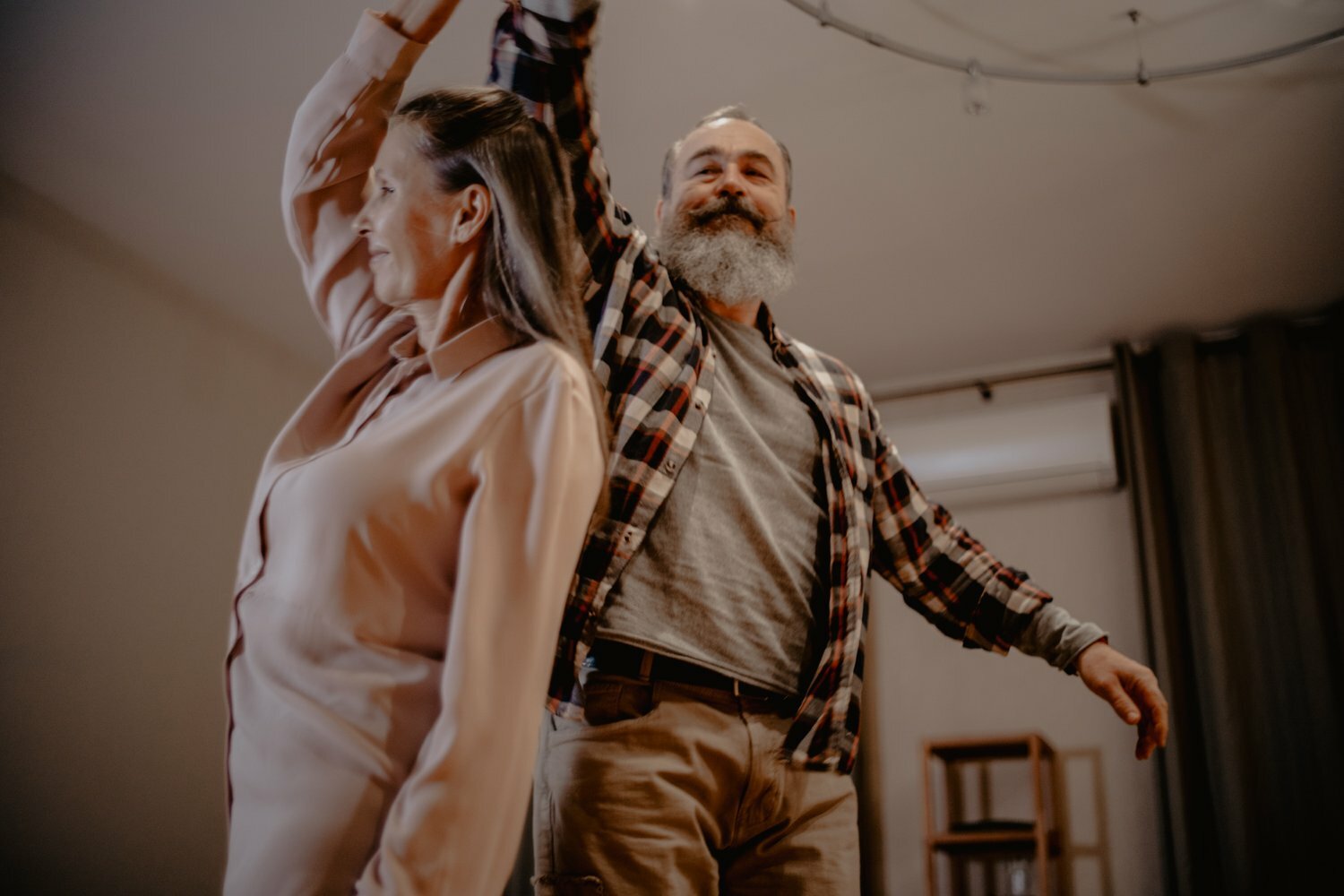
Moreover, a 2018 study recommended using improved rehabilitative movement approaches with partnered dances, like tango, to increase quality of life while managing functional mobility deficits in PD patients. Through careful planning and primary consideration for safety with the help of experienced instructors, individuals with Parkinson’s disease can enjoy the positive effects of a partnered dance program in their physical, emotional, and mental well-being.
Tango and Emotional Well-Being
Tango and preventing aging become possible as the dance can positively impact our emotional well-being. This interactive dance gives us opportunities for physical exercise, enjoyment, and relaxation.
A 2008 study examined the motivations of 110 tango dancers in the Netherlands and Germany. Results showed that they participate in the dance to seek pleasure and relaxation. They believe that dancing produces physical, emotional, and social benefits.
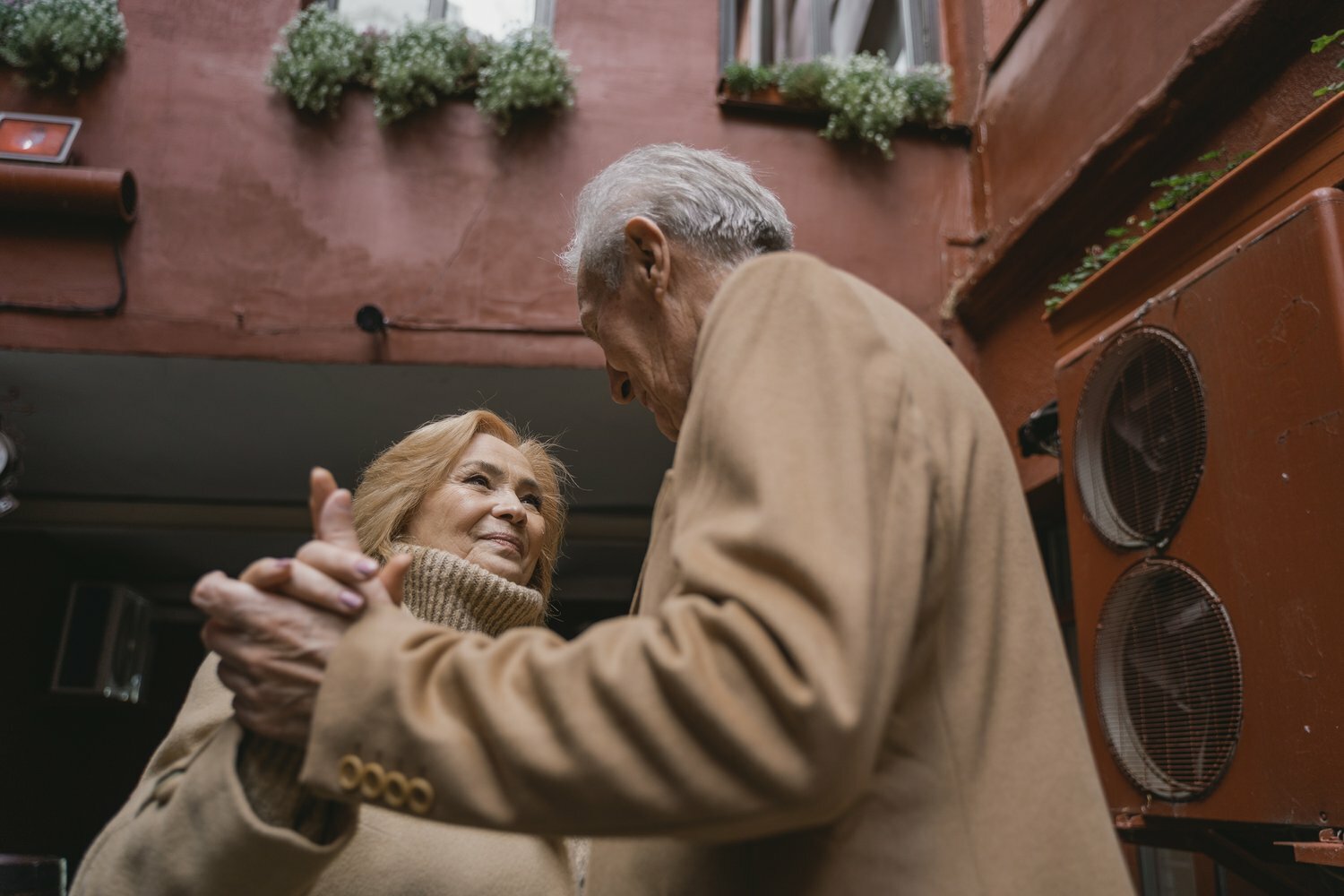
In 2010, researchers conducted a survey exploring the benefits of dancing on our well-being. The survey included 475 non-professional dancers, including tango dancers.
Results revealed that participants believed that dancing positively affected several aspects of their well-being. These include body awareness, improved mood, increased balance, and reduced tension.
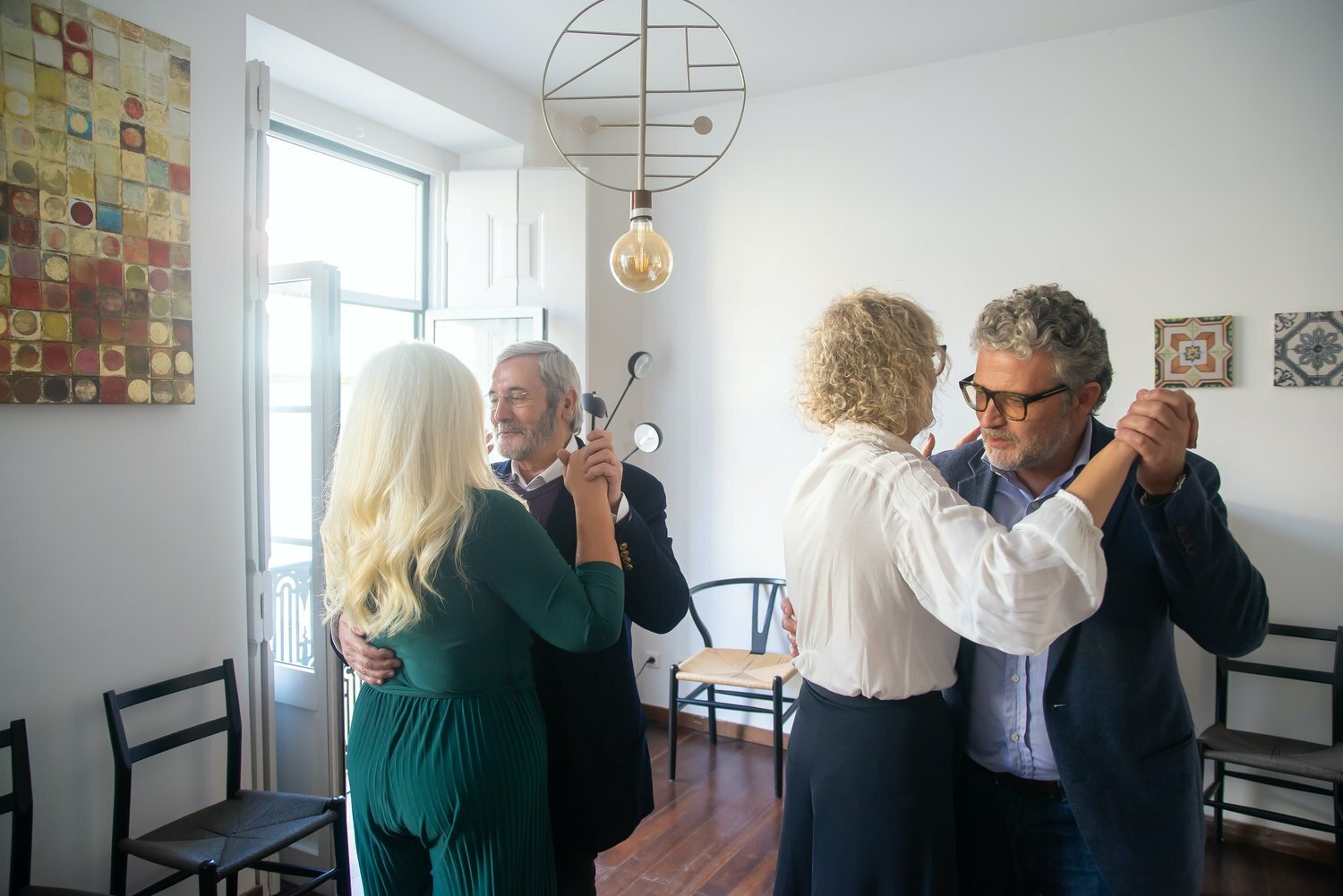
Tango can also help with self-esteem issues. According to the participants, dancing enhanced their social relations and spirituality, making dances, like tango, an essential coping strategy against stress and other difficult situations.
Further, a 2013 study explored the effects of tango dance, meditation, and exercise in people with self-reported depression. A total of 64 participants completed the 8-week program. They underwent an assessment before and after the program, with a one-month follow-up.
Results revealed that tango could reduce depression and insomnia. The tango group also had increased satisfaction with life and mindfulness.
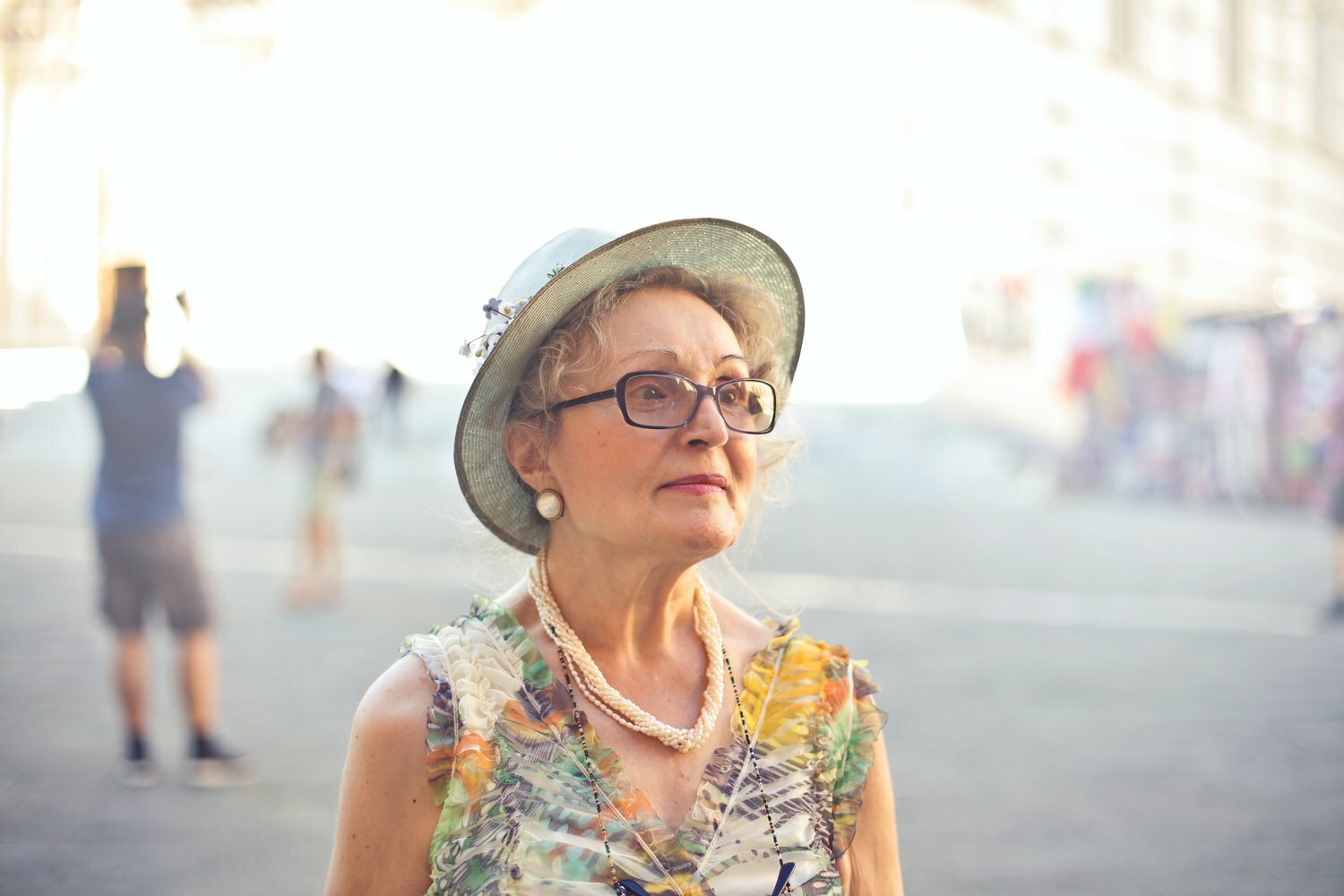
Another study examined the effects of tango therapy in psychological distress reduction in female cancer patients. Findings revealed that tango-based therapy could positively impact patients’ well-being.
The activity promotes self-acceptance, facilitates contact with our body, and allows us to be touched by our partners. The dancing patterns involved in tango serve as a catalyst for emotions, memories, and experiences inherent in our body and our relationship with ourselves and other people.
Tango and Relationship
Perhaps, we have not thought of tango as something that can cultivate our relationship with our partner. However, studies showed that tango also includes such benefits.
A 2018 study noted that as tango programs involve touch, they encourage interpersonal connection with our loved ones. The dance also fosters community support and is a productive break from our daily routines.

Another study examined the emotional and hormonal responses of 22 tango dancers to the activity and the specific influences of music and partner. Findings suggested that dancing with a partner and the presence of music produce more positive effects on our emotional state than dancing without a partner and music.
The researchers also observed a decrease in cortisol concentrations with the presence of music and an increase in testosterone levels with the presence of a partner.
Cortisol is a hormone that is responsible for responses to physical and emotional stress. Meanwhile, testosterone is the primary sex hormone in men. Women’s ovaries also make testosterone, although in relatively smaller amounts.
Testosterone is usually associated with sex drive. Thus, if tango can decrease cortisol levels and increase testosterone levels, it may help promote healthier relationships with our partners.
A 2010 paper highlights the experience of relationship in Argentine tango. The researcher discussed the role of the dance in terms of intimacy. People participate in tango dances to intimately connect with others in a safe environment. This is something that we can do with our partners.
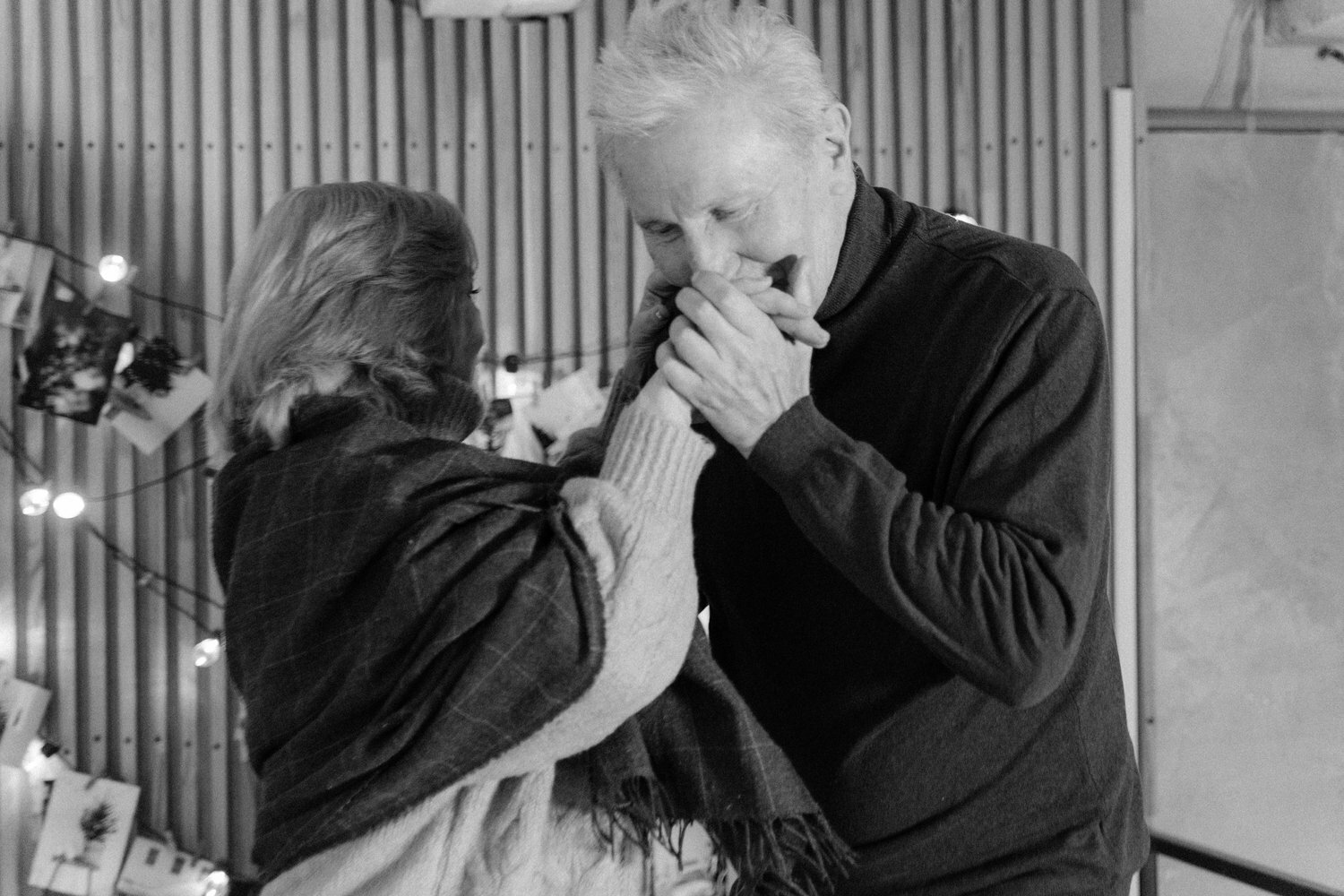
Laurie Hawkes, who has conducted tango therapy workshops, said that
women shared a euphoric feeling after engaging in a well-attuned dance. Such emotion is similar to the sensation of being in love. While fewer men reported the same feeling, they also feel a sense of magic from the dance.
According to clinical psychologist Ana Nogales, tango dance, especially the modern tango, also fosters a relationship built on mutual respect and harmony. She added that when we dance the tango, our postures display a lack of intimidation and highlight our companionship with our partners.
Also, the sensuality of the hug symbolizes acceptance, allowing us to build connection and engagement. In tango, we can dance independently. However, we reunite eventually with our partners and end the dance harmoniously.
Thus, the trust and mutual respect built from dancing tango can nurture our relationship with our partner. As we always say, it takes two to tango.
Tango and Motor Improvements
Tango can lead to improvements in motor function, which is particularly beneficial to older adults. A 2010 study assessed the effects of dance on movement control in Parkinson’s disease by comparing Argentine tango and American ballroom dancing.
Results revealed that patterns and movements in Argentine tango Tango may enhance motor abilities by addressing PD-related impairments. For instance, tango dance often includes movement initiation and cessation.
It also requires spontaneous changes in direction and a wide variety of movement speeds. These characteristics may address challenges in movement initiation, turning, and bradykinesia (slowness of movement).
Tango may also help with freezing of gait because multiple step patterns from the dance are similar to those of rehabilitation exercises intended for people with freezing of gait.
A 2020 review investigated the effects of dance on motor impairments in Parkinson’s disease. The researchers highlighted that individuals with mild to moderate PD can benefit from different dance interventions, like Argentine tango.
Previous studies also suggested that dances, like tango, can improve motor impairment in later stage PD. However, the review acknowledged that more research is needed to demonstrate how tango can help improve non-motor symptoms of PD and how it can increase patients’ quality of life.

Parkinson’s Foundation emphasized how tango may result in motor improvements in older adults and physically challenged people. For instance, tango promotes balance. It demands our attention to posture, helping us become more aware of personal mobility and paths in space.
Tango also helps us increase stride length. In tango, we maintain our weight over our supporting leg until we have stretched our foot far enough to prepare for the next steps. To deliver a successful tango dance, we need to match the strides and timing of our partner.
Additionally, the dance helps us learn how to multitask. We must consider posture, foot placement, balance, and the next move while considering aesthetics, including the lines and shapes of our movement. Thus, even if we need to remember so many things, practicing the steps can help us multitask effectively and improve our motor skills.
Tango and Longevity
Given all the benefits of tango, it’s not surprising that it can help boost longevity — both for people with healthy brains and those with neurodegenerative disorders like Parkinson’s disease.
The dance itself is found beneficial in promoting balance and mobility. According to a longitudinal study, it also helps to improve non-motor skills.
Compared to patients who had taken gymnastic lessons, those who danced the tango also exhibited improvements in balance and mobility.
Professor Daniel Tarsy of the Parkinson’s Center Boston emphasized the benefits of music for the brain.
The music in tango is a therapeutic and emotional experience. It helps engage the more emotional parts of our brain. Professor Tarsy added that this emotion might help the brain to bypass the impaired cells from PD.
The tango dance also allows us to socialize and build a connection with our partner. More than the impressive tricks and moves that we learn, tango gives us real human connections. Thus, tango can help us live a more fulfilling life.
According to a 2019 article, Argentine tango can improve our physical, emotional, cognitive, and social well-being. Thus, tango and preventing aging can happen. Also, it can reduce symptoms of depression, anxiety, and stress. The dance can promote self-esteem, social interactions, and life satisfaction.
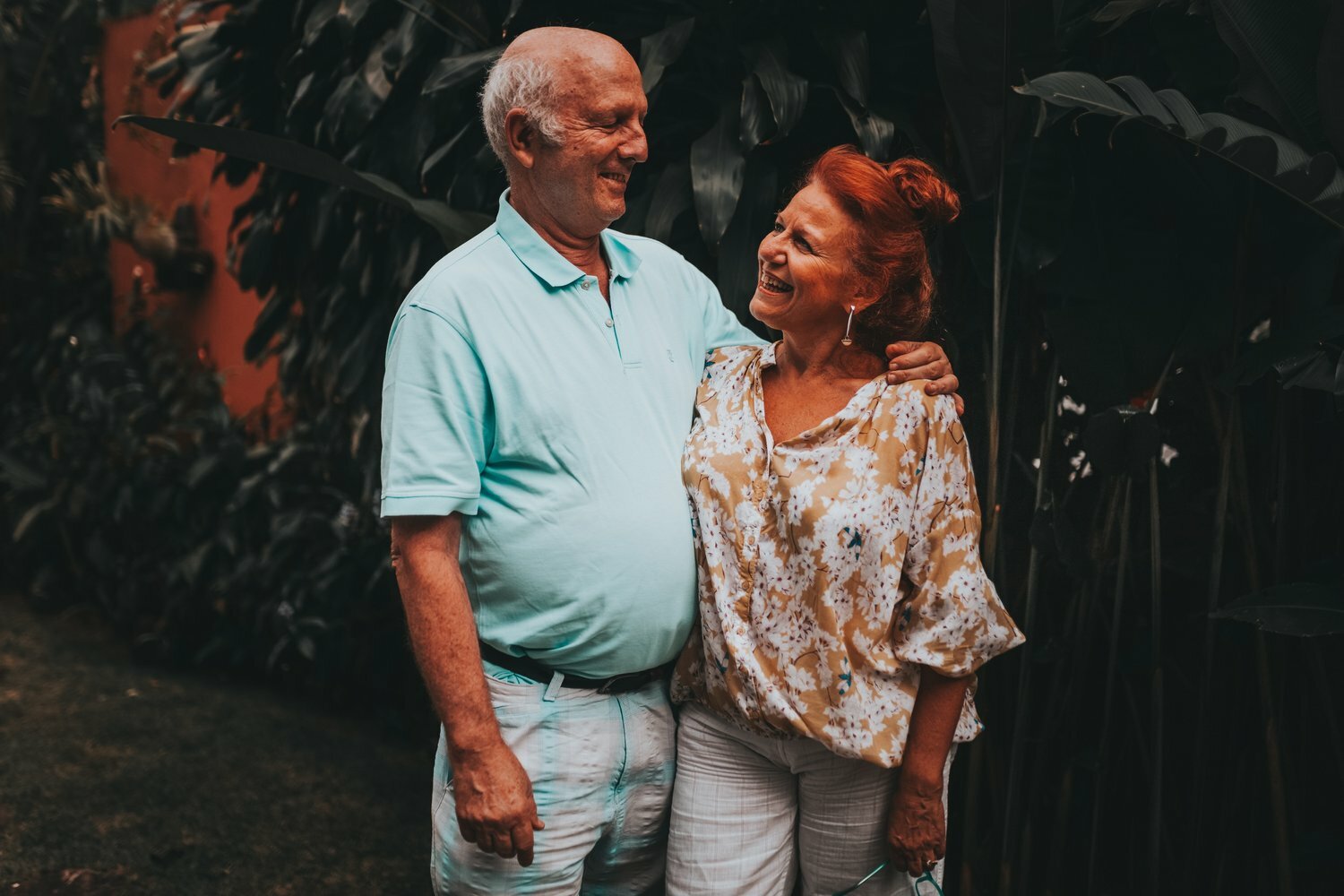
According to a 2016 study, longevity is a combination of genetics and lifestyle. We need to maintain a healthy lifestyle to increase our chances for longevity. That may include taking part in physical activities, like tango dances.
Get Ready To Tango!
Tango is indeed a graceful and playful dance between two people. However, tango and medicine also work together.
Tango can cure symptoms of disorders like dementia and Parkinson’s disease.
When it comes to tango and preventing aging, we can experience a wide range of benefits from the dance. These include increased motor skills, enhanced quality of life, and even stronger relationships with our partners. Visit our page to learn more interesting facts about tango and how you can add it to your lifestyle.
If you wish to learn Argentine Tango, we put our methodology in the book. You can reserve yours HERE.

